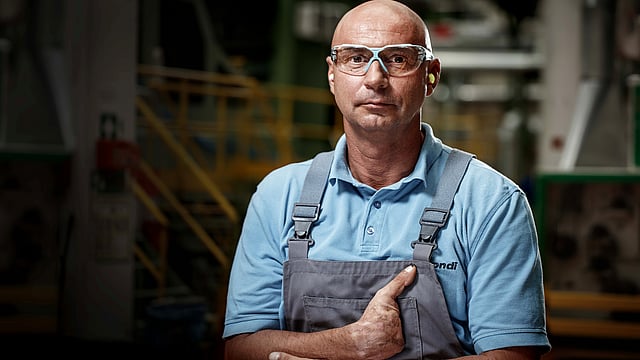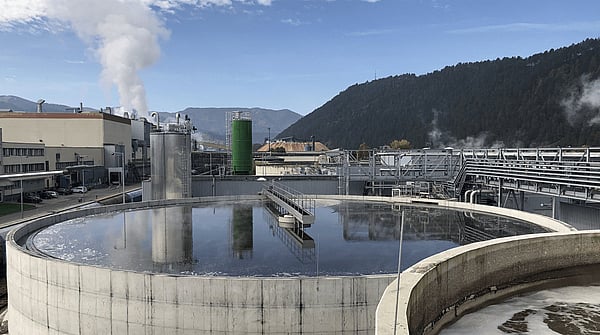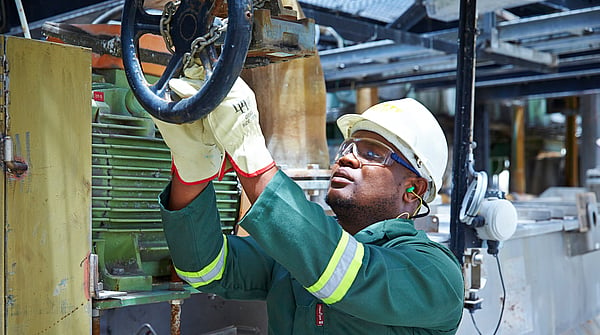How we are moving from traditional safety to Social Psychology of Risk

Improved performance in our injury rates as well as overall culture and language used.
Traditional safety over the years has focused mainly on objects and lost the human elements to some degree. The majority of the focus was on workspace issues, including engineering controls, checklists, training, administrative controls, risk assessments, audits, and hierarchy of controls to name a few.
Safety in general across all industries has over the years been mainly a top-down approach and needed to change. Safety talks were being conducted and taking up many thousands of hours a year, however we were convinced they were not adding the desired value and making much of a difference to our efforts of improved safety. Employees were often not given the platform to be involved, raise their concerns and make comments and suggestions related to projects, initiatives, and performance to name a few.
All efforts were placed on the conscious behaviour of employees when considering the risks taken and to what contributed to incidents. There was little focus and understanding of the unconscious mind in our efforts. We were aware that most actions are in the unconscious and therefore important that our focus should change. We decided to change the focus going forward and find the balance between controls and people. We embarked on the Social Psychology of Risk approach, which was going to change a lot.
In order to understand the fundamentals of Social Psychology of Risk, the Group Safety and Health Network team (business unit and business segment SHE Managers) attended numerous studies on the associated topics. This was the first step in ensuring understanding of the team that would lead the change across the Group. Once understanding the fundamentals was achieved, we considered what to use as an anchor on what would be coming on our journey. We wanted to change the impression of having a “Safety culture” to ensuring one culture in the company and safety being one element of that thereof.
As we had realised that communication and engagement would be key to the change, we decided on developing our first of many tools related to the change. The “Safety and Health Engagement Board” tool was developed that would assist leaders at all levels in improving engagements and communications with their teams. We then developed suitable icons to relate semiotically to the three fundamental areas “Workspace” (physical controls), “Headspace” (psychology) and “Groupspace” (cultural and group dynamics)”. After which we developed support videos and tools to assist.

Introducing Social Psychology of Risk was always going to be a challenge as it was all about understanding “what we didn't know - what we didn't know”. However, there was no doubt that this new journey in Social Psychology of Risk made sense and would be of advantage to Mondi in our drive for a desired culture and sending everybody home safely.
In the beginning stages the tool was called the “Safety and Health Engagement Board “, however after training and roll out at the initial sites it quickly became evident that the tool could be used for engagement of other disciplines, including engineering, production, projects, quality and others. We presented our change in focus from traditional safety to Social Psychology of Risk to the Group Executive Committee followed by a presentation to the Mondi SD Board Committee members. Both committees gave the green light to proceed. The Engagement Board process has since been rolled out and is being used extensively at most of our sites, including the newly acquired businesses. Feedback from the sites has been positive and when visiting the sites, we see proof of the Engagement Board being used as well as the use of our icons and slogan well entrenched in the language.
Achievements
There has been an improved engagement with employees and contractors, improved dialogues and open discussions. By providing a platform for employees to voice their concerns, comments and ideas and therefore ensures ownership and buy-in by those participating.
The outcomes of incidents investigations place focus on the issues related to psychological and cultural elements, thereby addressing the people aspects and not only the controls, and by doing so finding the balance between Workspace, Headspace and Groupspace, thereby shifting focus from mainly objects to people
Training our leaders how to drive communication from predominantly traditional safety and workspace controls to that of a psychology and cultural nature, thereby showing a more caring approach. Provided tools to assist the leaders and safety and health teams in improving engagement with their teams and understanding the journey that we are on as a company.
We continue to see an improved performance in our injury rates as well as overall culture and language used in the company.
Mondi Action Plan 2030



